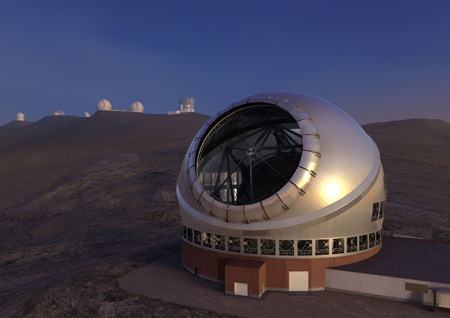
Canon unwrapped a new innovation lab in in the Communitech Hub in Waterloo Region, Canada. Ted Egawa, President of Canon Canada, was interviewed by Communitech Canada. An excerpt from the interview (which doesn’t tell that much):
Q – Canon is already one of the world’s most innovative companies when it comes to the number of patents it produces. Why does it need an innovation lab?
A – With the advancement of technology, especially in the mobile area, the industry has changed a lot, and us being able to produce a quality product is a different story; how to utilize this mobile environment […]
Q – As one of the world’s most familiar brands, Canon still means cameras to most people. How is that changing, and what do you want Canon to mean to people in the future?
A – Canon will continue to produce quality products for the end users, and this effort of us being here, hopefully, will expand our opportunity to better use images for the end user. Not the hardware or device; the device is providing the tool to capture the images. However, because of this mobile technology, there are vastly different uses, or a variety of uses, that the user can enjoy.
By being here, we would learn a lot and provide the opportunity for us to learn a lot about how images are being utilized. By learning how images are being utilized, it will give us the opportunity to think better about not only product, but also the services that we can provide to the end user.
Canon opening an innovation lab sounds pretty good to me.
The interview can be read at Communitech.







